Tutorial: Removing Pops and Clicks and Background Noise in Adobe Audition CS6
Two types of noises degrade the audio you shoot with your video: random noises like microphone clicks and pops, and consistent noises like white noise or air conditioning hum. This tutorial demonstrates how to remove both of them in Adobe Audition CS6.
Using Audition's Automatic Tools
The first thing you always want to try is Audition's automatic tools for removing those. To begin, go to Effects > Noise Reduction > Automatic Click Remover (Figure 5, below).
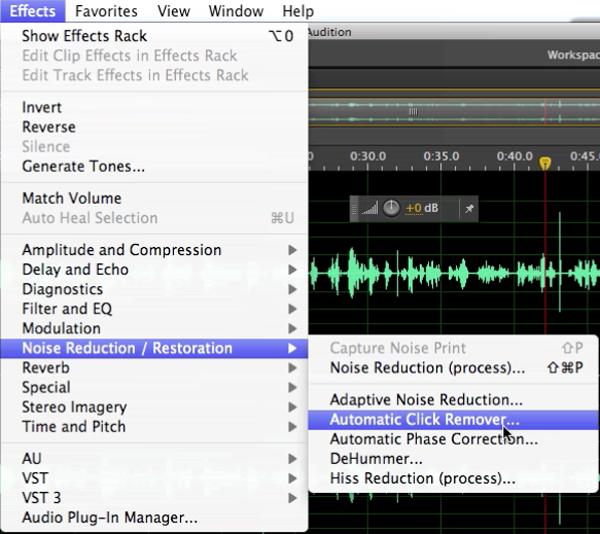
Figure 5. Choosing Audition's Automatic Click Remover
As with any edits you make in Adobe Production Premium before rendering or saving a file, these are nondestructive edits, so try the Heavy setting first (Figure 6, below). If it's too much, you can always undo it and then try Light.
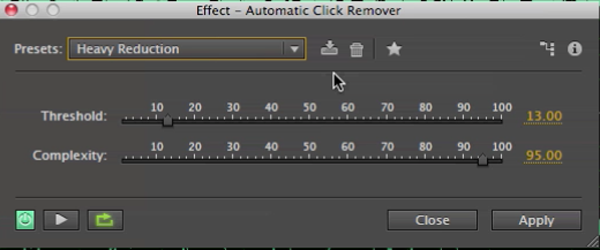
Figure 6. Applying the Heavy setting
When I applied it to this clip, you can see in Figure 7 (below) that it pretty much missed all the pops and clicks that we identified in the waveform. So I'll undo that by selecting Edit > Undo Automatic Click Remover.
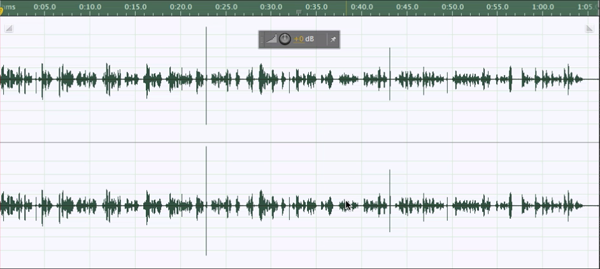
Figure 7. Pops and clicks missed
Applying Auto Heal
The manual tool to accomplish what (in this case) Automatic Click Remover couldn't is Auto Heal, which you'll in your Favorites menu (Figure 8, below).

Figure 8. Choosing Favorites > Auto Heal
To use the Auto Heal tool, you have to identify the pop or the click in the waveform. You want to zoom in pretty close and identify just the pop and the click (Figure 9, below)—and not any adjacent speech or other desired audio—because it will remove everything that you select.
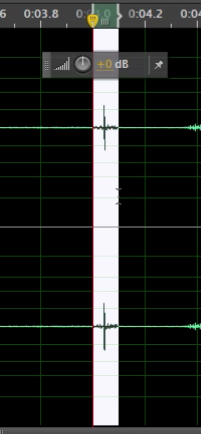
Figure 9. Zooming in to select only the pop or click
Once you've selected your pop or click here, go back up to Favorites and choose Auto Heal. And as you can see in Figure 10 (below), after applying Auto Heal to the selected click shown in Figure 9, the noise is gone.
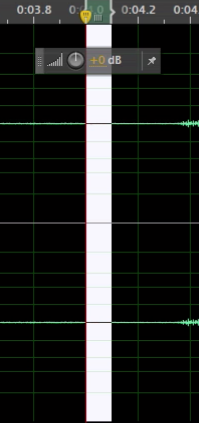
Figure 10. The click is gone
To continue, move over to the next pop or click, zoom in close, and apply Auto Heal again. Note that if you choose an area that's longer than four seconds, you'll get an error message, but that's not a big risk in this particular clip because all the pops and clips are so discrete. Also note that one other way to access Auto Heal (when you're applying it to one click after another) is to use the Command+R (Mac OS) or Alt+R (Windows) keyboard shortcut, which in Audition implements the most recently executed menu option.
Related Articles
This tutorial demonstrates Adobe Audition's Remix feature, which allows you to shorten the length of a music track to match the duration of your video edit.
This tutorial demonstrates how to use an After Effects alpha matte to make your video "shine through" your text.
Today Adobe announced updates to all Creative Cloud video apps that will debut at NAB. Here are details on the updates, plus a video tutorial on four key new features in Premiere Pro CC: Master Clips, Live Text, Masking and Tracking, and new 4K format support.
While After Effects may be daunting for some Premiere Pro editors, here is an easy-to-follow workflow that can enliven your text and titles with pre-built animations found in Adobe Bridge, applied in a few simple steps in After Effects, and imported directly into your Premiere Pro timeline.
iShowU, a Mac-based screencam app from ShinyWhiteBox.com, is quick, easy-to-use, and inexpensive; here's a look at how to use it to produce pro screencams that you can import into Adobe Premiere Pro CC to integrate into your video projects.
In this tutorial, we'll look at how to create screencams with TechSmith Camtasia, and then import them into Adobe Premiere Pro to incorporate them into your existing Premiere Pro projects to create professional-quality instructional videos that seamlessly combine screencams and HD footage.
Here are three quick tips that will streamline your titling workflow in Premiere Pro when you create styles you like and want to use them consistently without reinventing them each time.
This video tutorial demonstrates how to restore muffled sections of spoken audio using the Multiband Compressor in Adobe Premiere Pro CC or Adobe Audition.
This video tutorial demonstrates how to use and leverage 3 key new features in Adobe Media Encoder CC: Lumetri Looks support, and image, text, and timecode overlay.
This tutorial demonstrates how to apply an effect to a portion of a video image while leaving the rest of the clip untouched, and how to track that portion of the image throughout the duration of the clip, using the Track Matte effect in Adobe Premiere Pro CC.
Recent upgrades to Adobe CC make it easy to apply graded looks in Adobe Premiere Pro CC and match shots with different color temperatures via seamless roundtripping between Premiere Pro CC and SpeedGrade CC.
Exploring 3 new key features in Audition CC, the newest version of Adobe's professional audio editing application: Sound Removal for eliminating hums and other variable-frequency unwanted noises, the Loudness Radar Meter for matching and adhering to broadcast volume standards, and Automatic Speech Alignment for ADR.
Background noise and pops and clicks in audio are an unfortunate fact of life for many productions. In this tutorial we'll explore some fixes you can try in Final Cut Pro X.
Jan Ozer sits down with Bill Roberts to discuss the trends impacting the future direction of Adobe Creative Suite for video pros, including the decline of 3D, the rise of 4K, and second-screen viewing. Other topics included the growth of Creative Cloud, and the development arc of Apple Final Cut Pro X.
There have been lots of comparisons between Final Cut Pro X and Premiere Pro CS6, with most focusing on features and workflows. This article discusses a series of multiple-format benchmark tests that analyzed comparative performance between the two programs.
Adobe Creative Suite gets cloud treatment, giving producers options for licensing Photoshop, Premiere Pro, After Effects, Flash Pro and other CS6 applications on a month-by-month subscription basis, rather than paying for boxed product with perpetual licenses.
Adobe's ingest and simple transcoding tool won't rid you of the task of logging, but for those who are staying within an Adobe-only environment, the features of Prelude will make your editing, compositing, or even live-production clip-creation workflows quite a bit easier.
When you compress video for the web, the video can darken and colors can become muted. In this tutorial, I'll show you how to correct color and adjust brightness and color saturation with Adobe Premiere Pro's Fast Color Corrector.
If you're a streaming producer you have to know how to produce H.264 for both Flash distribution and for mobile devices. Fortunately, Adobe Media Encoder makes this simple with multiple presets for desktop and mobile players which I'll show you how to find and customize in this tutorial.
The Adobe Flash Media Live Encoder (FMLE) works on both Windows and Mac computers and is free. Though you'll need a bit heftier of a computer to run FMLE than some other software encoders, you'll be rewarded by a high-quality, consistent video stream. In this tutorial, I'll walk you through the steps of producing a live event with FMLE.
In this tutorial you'll learn how to maximize the brightness and contrast of your video in Adobe Premiere Pro CS6 using the Brightness, Contrast, and Gamma Correction controls for effective and balanced adjustments.
Video encoding and editing expert Jan Ozer provides three useful tips that will enhance your workflow and get you out of some editing jams in your Adobe Premiere Pro projects: editing audio without unlinking; Fill Left and Fill Right to create stereo audio; and creating nested sequences for smoother edits and creating reusable set pieces in your projects.
Adobe Premiere Pro Instructor extraordinaire Luisa Winters explains how to use the new and enhanced Multi-Camera Monitor for quick and efficient multicam edits in Adobe Premiere Pro CS6 in this video and text tutorial.
The new version of Adobe Media Encoder, included in the just-released CS6 collection as well as as a standalone product, offers significant improvements in usability and performance, as well as new features. Here's what you need to know about it.
In the final installment of the NAB Interviews with Shawn Lam, Shawn talks with Adobe's Al Mooney about key new features in Premiere Pro CS6 and Adobe Media Encoder.